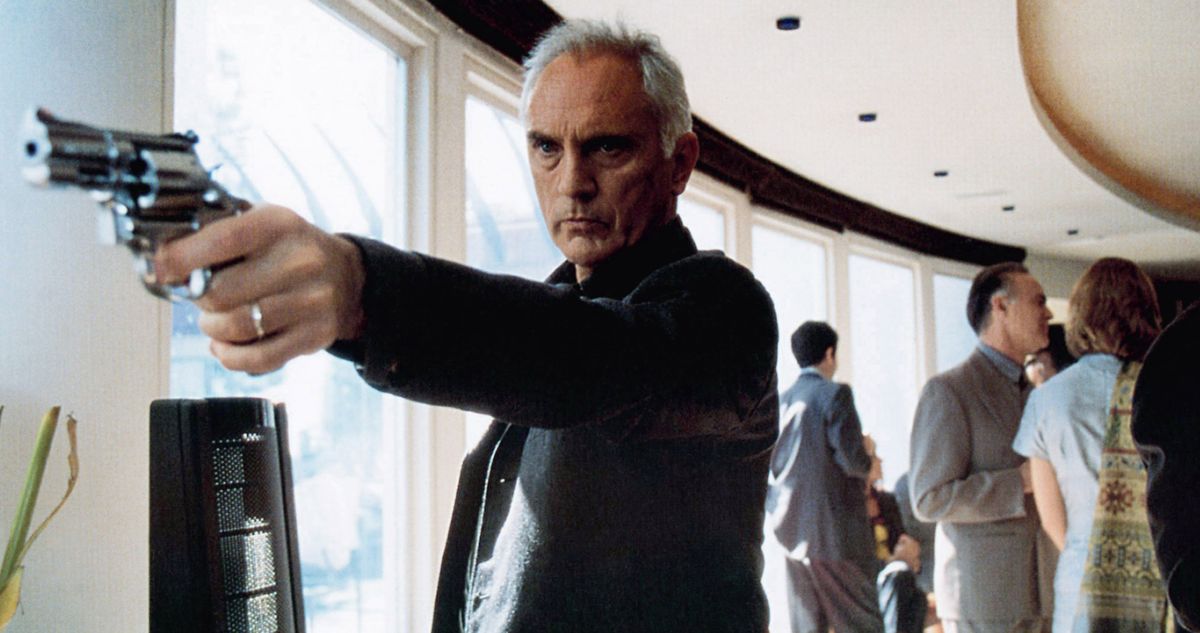
"You wouldn't think a close-up of somebody thinking would have the power that it does because, in theory, it's static,"
"But yes, one of my favorite things to do is to have a camera close to somebody's face as a penny is dropping."
"I don't see locations, I don't see masses of elements being coordinated, I see ... a face with a certain kind of expression on it."
Steven Soderbergh favored close-ups to capture internal processes and found an ideal subject in Terence Stamp. The Limey centers on Wilson, an English ex-convict whose search for his missing daughter becomes a revenge mission, and the film is constructed around silent close-ups of Wilson thinking. Soderbergh and editor Sarah Flack dismantled a traditionally shot film during editing and reassembled it nonlinearly using Stamp's close-ups filmed around Los Angeles to mimic a mind wandering between past and present. The close-ups were performed with restraint so editors and viewers could project meaning, and Stamp delivered a wide expressive range without dialogue.
Read at Vulture
Unable to calculate read time
Collection
[
|
...
]